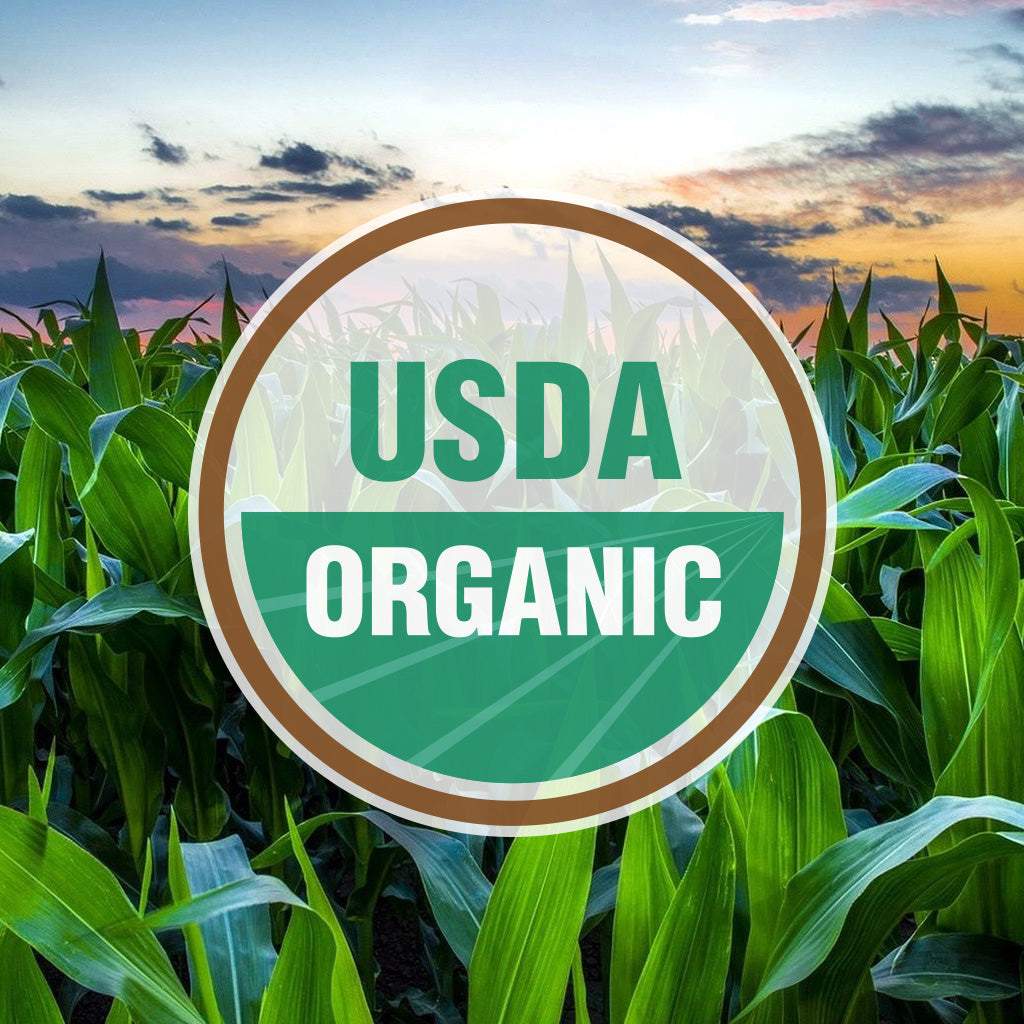The Colorful Truth: A Deep Dive into the Most Common Artificial Food Dyes

Natural vs Artificial Food Coloring
Natural Food Coloring: Derived from plant, animal, or mineral sources, natural colorings are often perceived as healthier and more environmentally friendly than their artificial counterparts.
Artificial Food Coloring: Synthetic colorings are created through chemical processes and are used for their bright, consistent colors and stability under various conditions. Common artificial colorings include:
Red: Allura Red AC (Red No. 40)
Allura Red AC, commonly known as FD&C Red No. 40, is the most widely used artificial red food coloring. You'll find it in candies, cereals, drinks, and more. Despite its prevalence, concerns have been raised about potential health effects, including hyperactivity in children.
Yellow: Tartrazine (Yellow No. 5) and Sunset Yellow (Yellow No. 6)
Tartrazine, or FD&C Yellow No. 5, and Sunset Yellow FCF, known as FD&C Yellow No. 6, are the leading artificial yellow food dyes. They're often used in foods like candies, baked goods, and sodas. Some studies have suggested links between these dyes and behavioral effects in children.
Blue: Brilliant Blue FCF (Blue No. 1) and Indigotine (Blue No. 2)
Brilliant Blue FCF (FD&C Blue No.1) and Indigotine (FD&C Blue No.2) dominate the blue food dye scene. They're typically used in ice creams, drinks, and candies. Concerns have been raised about potential allergies and behavioral effects related to these blue dyes.
Green: Fast Green FCF (Green No. 3)
Fast Green FCF, or FD&C Green No. 3, is the main artificial green dye. It's used in foods like mint-flavored desserts and canned vegetables. There have been potential concerns about its toxicity and carcinogenicity, leading to it being less common than other dyes.
Purple: A Mix of Red and Blue Dyes
Purple hues are typically achieved by combining red and blue dyes. The specific dyes used may vary, but FD&C Red No. 40 and FD&C Blue No. 1 are commonly used.
- Read More About Red No.4 and Blue No.1 and Artificial Purple Dye
- Natural Purple Food Coloring Recipe
Black: Also a Mix of Red and Blue
Black food coloring is typically achieved using a combination of artificial dyes like Brilliant Blue FCF (FD&C Blue No. 1) and Allura Red AC (FD&C Red No. 40), along with other pigments such as carbon black. These dyes are commonly found in candies, frostings, and baked goods to create a deep black hue. However, concerns have been raised about the potential health effects of these synthetic chemicals, including links to allergic reactions and behavioral changes in children.
What About Brown?
Caramel color is one of the most widely used food additives, responsible for giving many popular beverages and foods their brown hue. Found in everything from sodas to baked goods, caramel color is favored for its ability to impart a rich, appealing shade without altering the flavor of the product. However, it's important to understand that not all caramel color is the same—some types, particularly Class III and IV, are produced using chemicals like ammonium compounds and sulfites. These types have raised concerns due to the presence of 4-Methylimidazole (4-MEI), a compound linked to potential health risks.
Decoding Food Labels: Spotting Artificial Food Coloring Dyes
Navigating the world of artificial food dyes can be a challenging task, especially when it comes to recognizing these additives on food labels. This guide aims to provide a practical approach to identifying artificial food coloring dyes and highlighting resources for further information.
Deciphering Ingredient Lists for Artificial Colors
Artificial food colorings can sneak their way into a variety of everyday foods, from colorful cereals to tasty treats. Here's how to identify them:
- Look for Numbers: Artificial food dyes are often listed with their designated number. For instance, Red No. 40 or Blue No. 1. The presence of these numbers on a label is a clear sign of artificial dyes.
- Recognize Chemical Names: Sometimes, these dyes may be listed under their chemical names such as Allura Red (Red No. 40), Tartrazine (Yellow No. 5), or Indigotine (Blue No. 2). Familiarizing yourself with these names can help identify these colorings.
- Beware of Collective Terms: Occasionally, manufacturers use collective terms like "color added" or "artificial colors," which encompass various food dyes. These phrases should also raise a red flag for further inquiry or investigation.

Public Resources for Information on Artificial Food Coloring
For detailed insights into specific food colorings, the Food and Drug Administration (FDA) provides an extensive database, including a Color Additive Status List. This comprehensive resource provides specifics about individual color additives, their approved uses, and any restrictions.
Other reliable sources include the Center for Science in the Public Interest (CSPI), which has published a comprehensive report on food dyes, and the Environmental Working Group's (EWG) Food Scores database, which rates foods on their ingredient concerns, including colorings.















